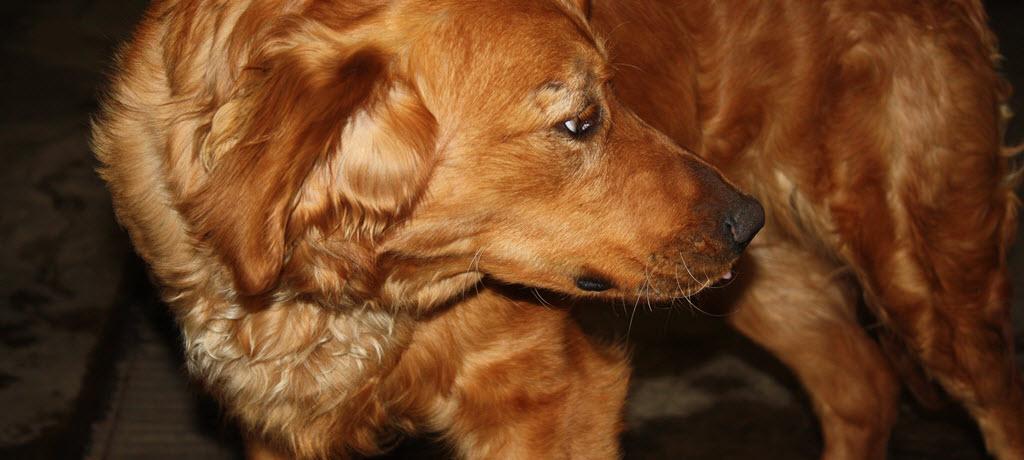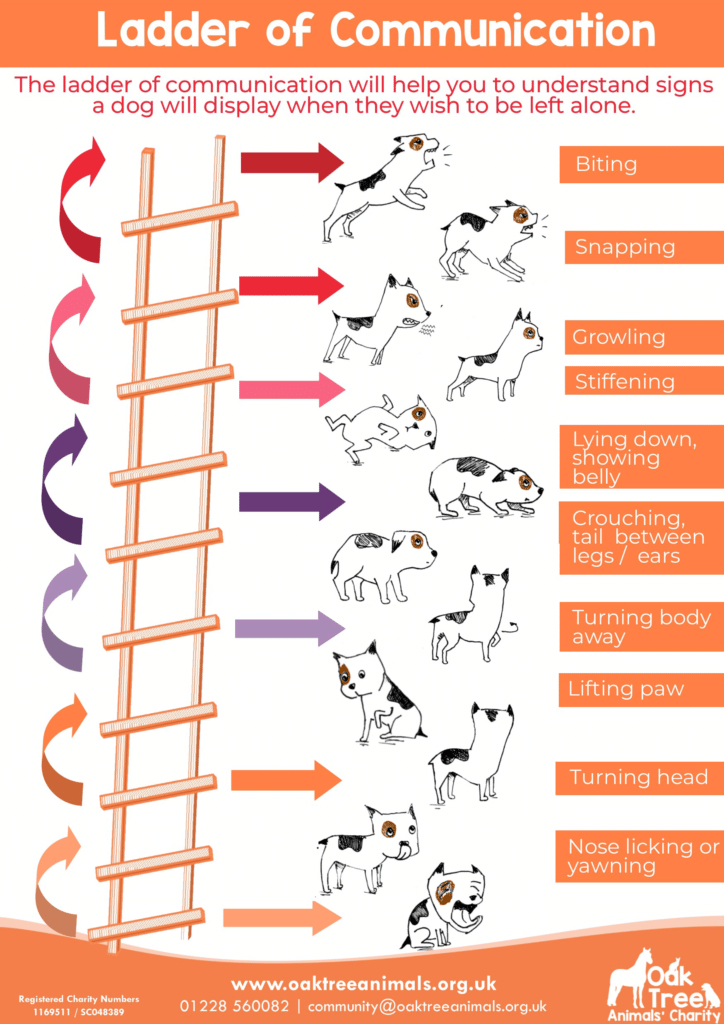Everyone who fosters or adopts a rescue dog is attempting to provide a safe and happy environment for their new companion. Often the dog enters the home and things go well from the start. Sometimes there are a few bumps in the road that are easily worked out between the humans and the animal.
However, occasionally the situation does not go smoothly and the dog communicates his or her discomfort with behavior that becomes disruptive. RAGOM receives a few calls each year from distressed fosters and adopters asking that a dog be removed from their home.
A small number of these calls involve bites to either a person or another dog in the residence. This circumstance is sad and dangerous for everyone. The dog has lost a chance for a happy new beginning, and the humans are disillusioned and may decide not to try again.
If the bite is serious enough and the injured person requires a trip to the emergency room or a resident dog needs to be seen by a veterinarian, the dog may be declared unadoptable and humanely euthanized.
When RAGOM receives a call regarding a bite, we often hear that the bite occurred “out of nowhere.”
But often there have been signs that the dog was trying to communicate his discomfort or fear. In the beginning, the signs can be very subtle and misunderstood. People do not usually associate a dog’s yawn or lip licking as a way to say, “Slow down here. I do not like this activity or approach.”
Dogs communicate in a manner that is very different from humans. Unless we learn to read a dog’s body language and recognize signs of stress, it is very difficult to bridge the communication gap when problems begin to occur.
The “Ladder of Communication” below is designed to help fosters and adopters understand the ways a dog tells humans to stop and consider what is happening before problems escalate.
If a dog’s signals are noticed and addressed at the lower rungs of the ladder, situations can be addressed and diffused before reaching the “red zone” of snapping and biting.
Learning to keep behavior in the lower rungs by stepping back and taking time to understand your new dog is a wonderful way of beginning the bonding process.
Being aware of what a new dog in your home is trying to communicate is essential to building a safe and mutually satisfying relationship. Download the Ladder of Communication (PDF .5 MB)
RAGOM thanks Oak Tree Animals’ Charity for their permission to use the Ladder of Communication graphic.


